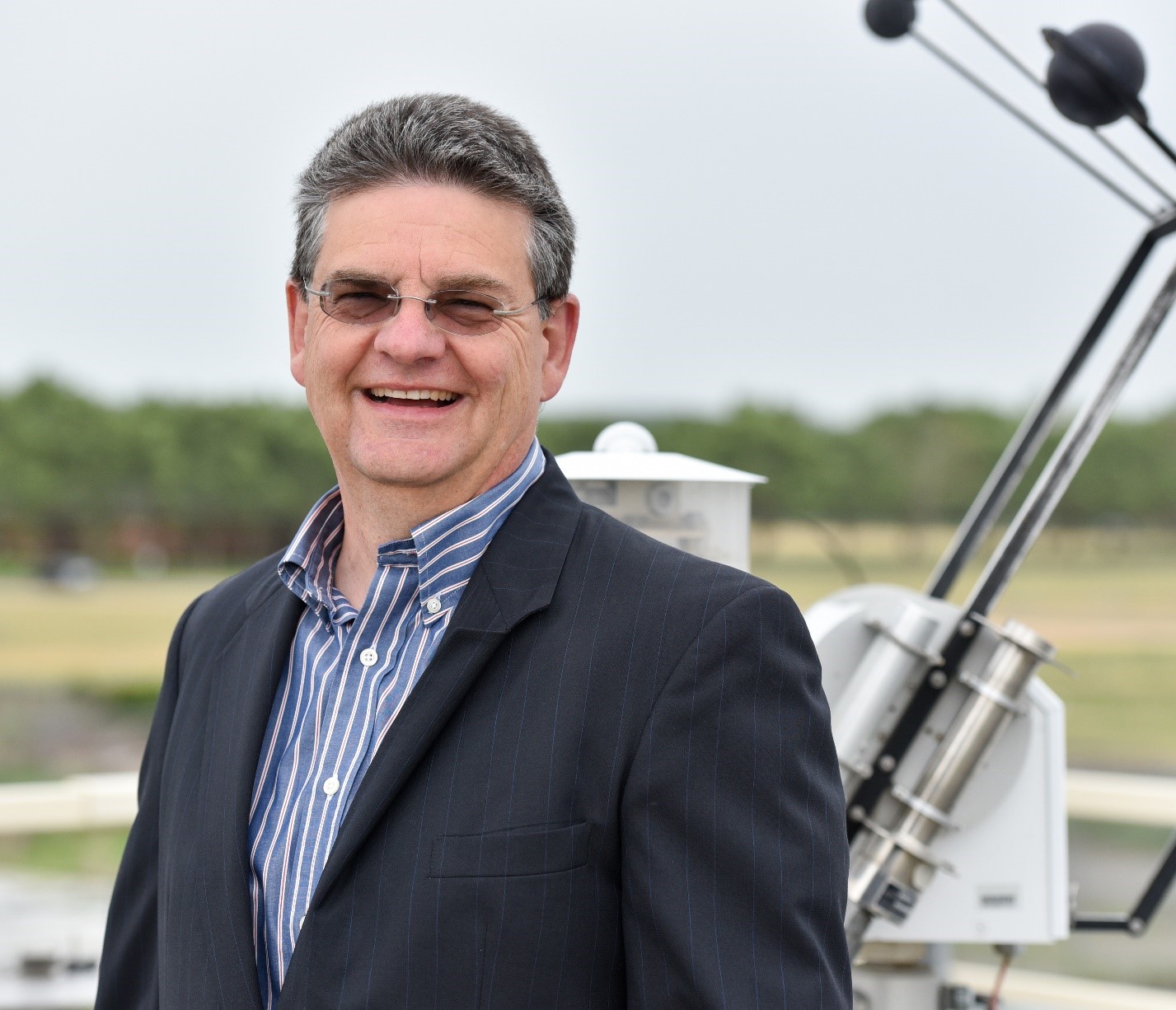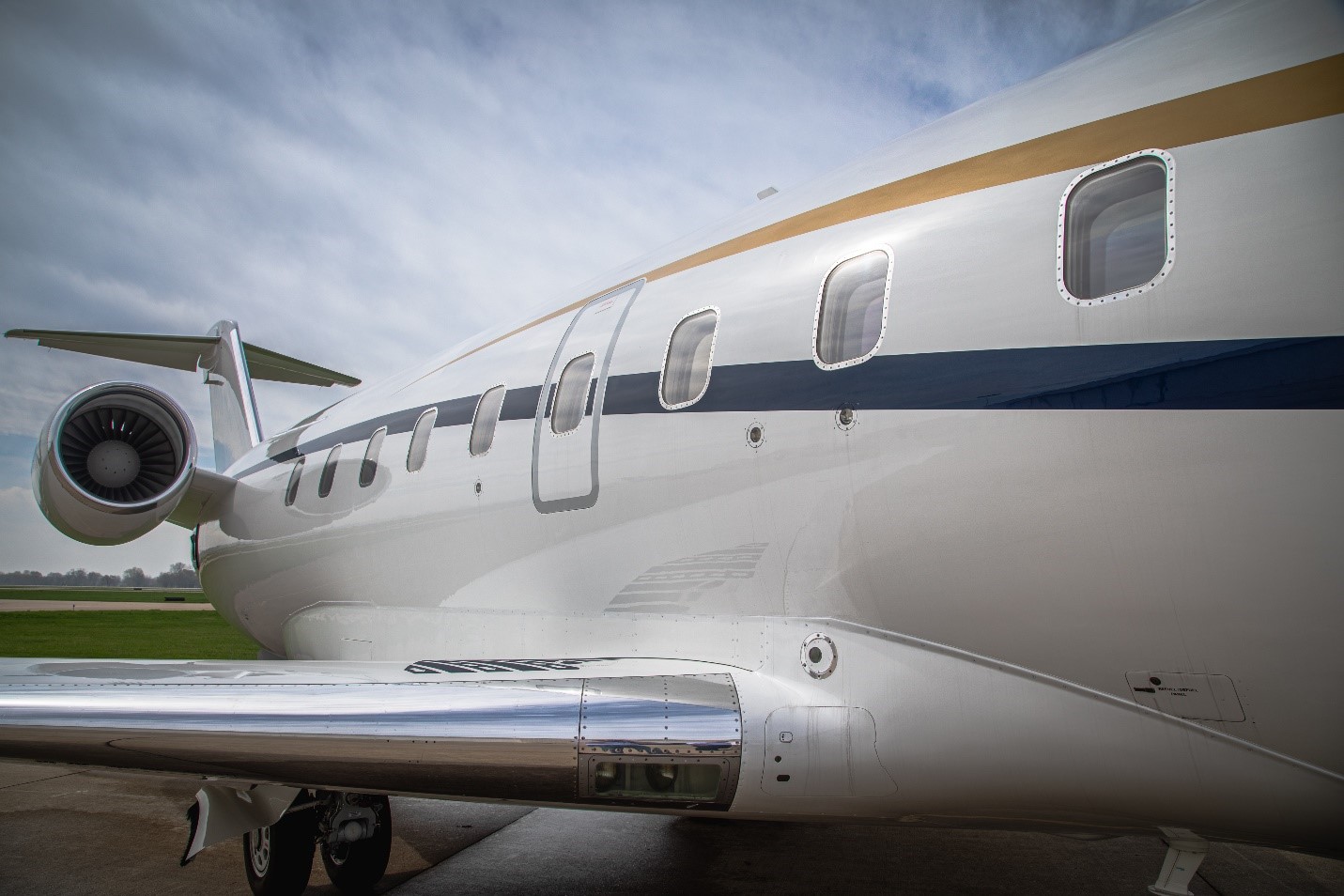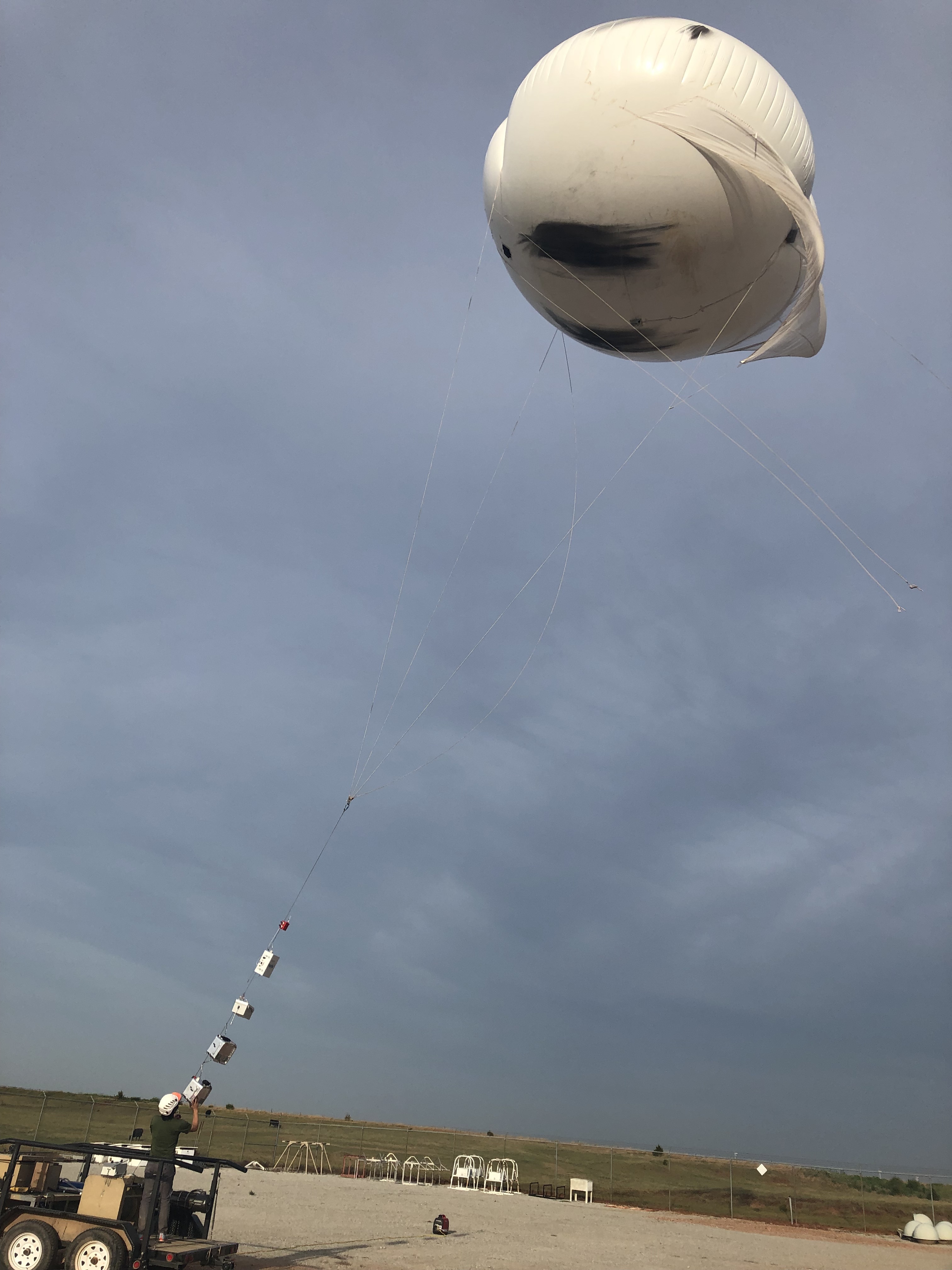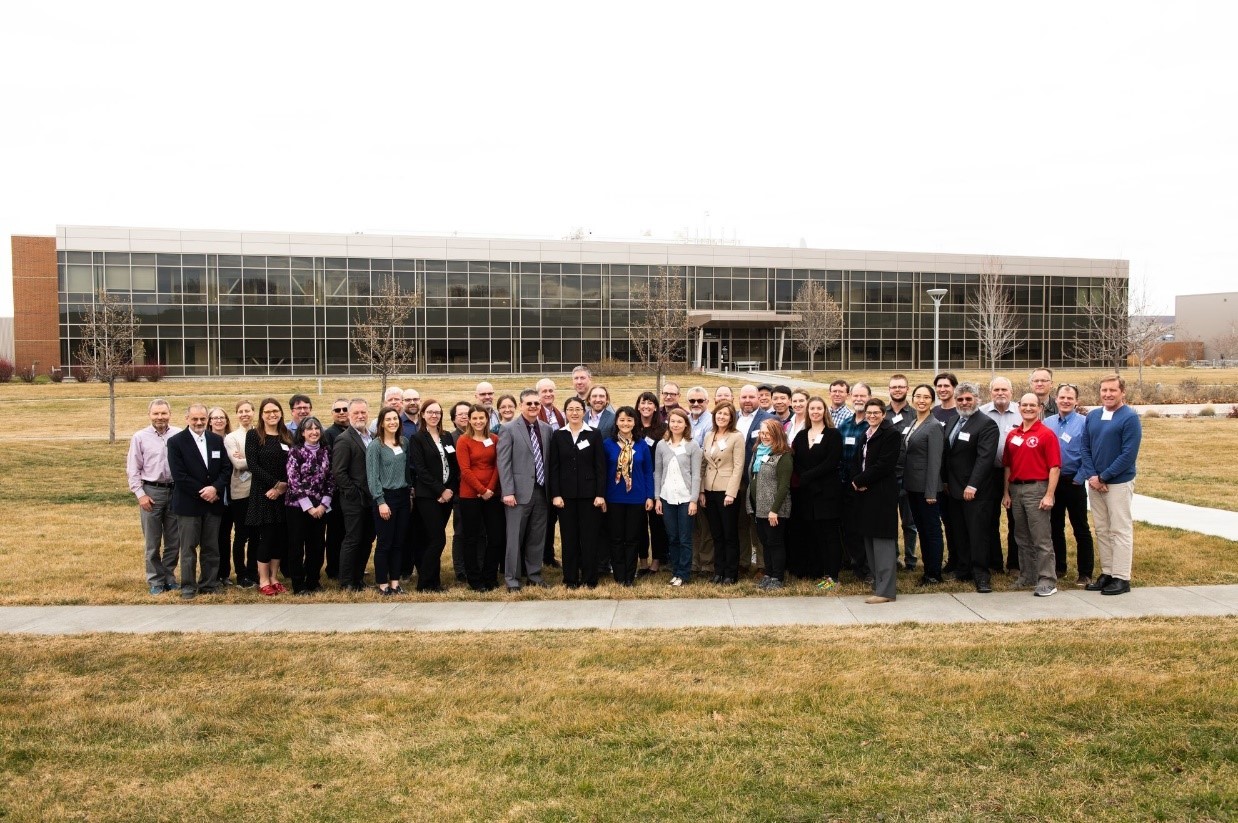Charting a Course for ARM Aerial Measurements
Published: 18 May 2020
Scientists gather to provide expertise and direction

While much of the Atmospheric Radiation Measurement (ARM) user facility is firmly rooted on the ground with broad deployments of instruments and capabilities to collect observational data, some operations literally have their heads in the clouds.
The ARM Aerial Facility (AAF) and ARM tethered balloon system (TBS) operations work with researchers by providing sampling that is not possible with surface- or satellite-based techniques. These include in situ measurements of aerosols, clouds, and trace gases, context for and extension of surface-based measurements, and measurements for testing and evaluating models. In field campaigns and at ARM atmospheric observatories, the AAF and TBS play critical roles in research efforts for principal investigators.
In early March 2020, 59 atmospheric scientists interested in aerial research gathered at Pacific Northwest National Laboratory (PNNL) in Washington state—some remotely—for the ARM Aerial Instrumentation Workshop. The event brought the PNNL-managed AAF together with the Sandia National Laboratories (SNL)-managed TBS operations.
The workshop co-organizers were Beat Schmid, the AAF’s manager; Fan Mei, the AAF’s director of science; and Dari Dexheimer, manager of the TBS facility at SNL.
Attendees engaged in 45 talks that largely focused on instrumentation and how users can get the best data on atmospheric components that are important for understanding Earth’s energy balance and improving the representation of atmospheric processes in earth system models. In addition to aerial instrumentation, presentations focused on the present and future of ARM aerial measurement activities.
Engaging the Research Community
“We wanted to tap the expertise of attendees on aerial instrumentation, learn what technologies are available now or in the near future, and measure the capabilities of instrumentation against the science goals of the researchers.”
Beat Schmid, manager of the ARM Aerial Facility
According to Schmid, the workshop provided a wide-ranging update of ARM’s manned aircraft, TBS, and unmanned aerial system (UAS) operations. More important, it gave AAF and TBS managers a chance to hear from researchers.
“We wanted to tap the expertise of attendees on aerial instrumentation, learn what technologies are available now or in the near future, and measure the capabilities of instrumentation against the science goals of the researchers,” says Schmid.
“Our attendees brought broad expertise from all areas—atmospheric state, modeling, radiation, trace gases, aerosols, and more,” adds Mei, noting the two goals of the meeting: learning from the scientific community what ARM can do better, and learning if there are new areas ARM should explore. “More importantly, this workshop gave us all an opportunity to interact person to person, share ideas, and listen to the needs of the scientific community.”
“It was a very successful event,” adds Dexheimer, who manages TBS flights for ARM. “Throughout the agenda, there was a tremendous amount of information shared on new technologies.”

Why host the event? Schmid emphasizes that recent changes have created an opportunity to answer questions and contribute to ARM’s strategic plan for the next decade.
In January 2019, for example, the AAF retired its Gulfstream-159 (G-1) research aircraft that, for nine years, helped advance atmospheric science in ARM field campaigns across the world. Its final mission was the Cloud, Aerosol, and Complex Terrain Interactions (CACTI) field campaign in Argentina. The G-1 will be replaced by a Bombardier Challenger 850 regional jet, purchased in June 2019. Not only does the new jet have the old G-1’s capability of flying low and slow for some experiments, but it also can venture into higher elevations and more safely collect data in stormy conditions. Now, this U.S. Department of Energy-owned jet will be converted from a business to a research platform.
A Focus on Instrumentation
Months before the March workshop, ARM issued a call for white papers to propose instrumentation. The response from the research community was overwhelming, says Jason Tomlinson, the AAF’s director of engineering. “We received more than 40 submissions, and each provided great ideas and insight about where the science is going in the future. The papers help us understand what state of the art is and where ARM should consider investments.”
Workshop attendees greatly contributed to the discussion. “We learned about technologies and possibilities we weren’t previously aware of,” says Tomlinson.
Once technologies are selected, ARM will work with developers from national laboratories, universities, and private industry to engineer instrumentation to meet the needs of researchers. Much of this work is in the area of miniaturization, where existing instrumentation is merged with new technologies to better fit into space- and weight-constrained airborne platforms.
Planning for Manned Flights

The Challenger 850 will be modified from its current business jet configuration to accommodate ARM instrumentation, both within and outside the aircraft. After the modification phase, the aircraft will enter a scientific readiness phase. The installed scientific systems will be tested, pylons will be adjusted to be in line with airflow, modernized data acquisition will be installed, and inlets mounted.
This work, along with training pilots and maintenance staff, and validation flights are all necessary activities. “The spring of 2023 appears to be the earliest date that the new airplane can be mission-ready,” says Schmid.
ARM’s emphasis, says Schmid, is twofold. “We want to have the very best aerial platform for atmospheric research, and we need that platform to be as safe as possible.”
As work on the Challenger 850 progresses, a new “home” for the new jet is nearly ready. A new 18,000-square-foot hangar will be rented from the Port of Pasco, Washington, which built the facility to meet ARM requirements. More than a place to park the new jet, the new hangar includes facilities to maintain and work on instrumentation and to store and maintain unmanned aircraft, and office space for about 15 people.
Growth in Tethered Balloon Systems

Over the past few years, the popularity of TBS flights has ballooned for ARM users. The utility is clear: TBS have great payload capacity (more than 70 pounds) and can collect atmospheric data safely in extreme conditions, such as those in the Arctic.
Already a baseline component of ARM instrumentation in Alaska, TBS are now providing periodic, repeated measurements at other ARM atmospheric observatories and campaigns.
“Tethered balloons are remarkable research tools,” says Dexheimer. “The workshop helped us build awareness of the TBS program capabilities. A lot of people now have a better understanding, for example, of how TBS can use aerosol and trace gas instrumentation at various heights in the atmosphere for extended periods of time.”
Adds Schmid: “It’s a big ambition for our scientific community to fly unmanned aerial systems near tethered balloon systems to provide three-dimensional observations and gain better context for overall measurements. Of course, this is an idea for the future that must be approached carefully.”
Progress for Unmanned Aerial Systems
Workshop attendees were briefed on ARM’s UAS program and some of its operational challenges.
The value of ARM’s UAS program future is great, says Schmid. “UAS excel at frequently targeted measurements—doing the exact same flight plans precisely and repeatedly. This not only provides our PIs more measurements closer to the Earth’s surface, but they can also do it more efficiently than what is possible in a manned aircraft.
“We are addressing operational issues, and we are now evaluating options to have UAS platforms fully operational,” says Schmid, noting that the path forward is continuing even as AAF engineers continue to work on UAS integration of instrumentation.
AAF Moving Forward
Mei sees a great future for the scientific community brought together by the workshop.
“This event helped build a basis for future collaboration and, importantly, conversations that we want to sustain,” she says. “We will continue to tap the expertise of our workshop attendees on instrumentation and explore campaign collaborations and capability sharing with other agencies, such as NOAA and NASA.”
For ARM users and researchers planning campaigns, Schmid offers a straightforward message: “We’re here to support the scientific community, and we want to partner with you so you can work with the best possible atmospheric measurements.”
The ARM team is preparing a comprehensive ARM Aerial Instrumentation Workshop Report that will detail what was learned and the technologies and instruments proposed. Mei says that report will be available later this year.

Keep up with the Atmospheric Observer
Updates on ARM news, events, and opportunities delivered to your inbox
ARM User Profile
ARM welcomes users from all institutions and nations. A free ARM user account is needed to access ARM data.


















